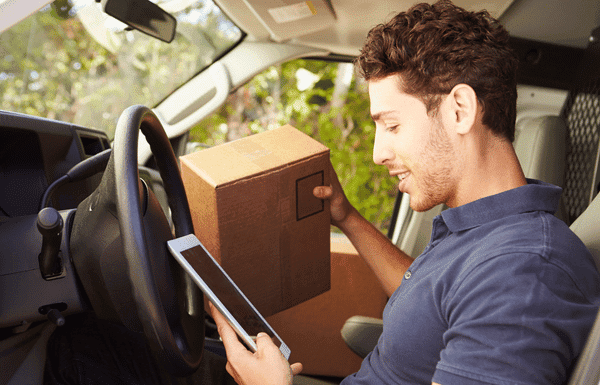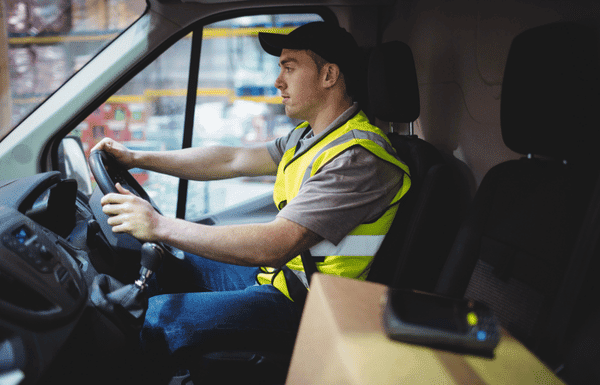Freelance delivery drivers in the gig economy enjoy flexibility and independence, but managing irregular earnings and unpredictable expenses can be challenging. Effective budgeting is essential to ensure financial stability, cover costs, and maximize profits. Here’s a guide to help freelance delivery drivers plan and manage their finances successfully.
1. Understand Your Earnings and Expenses
The first step in budgeting is gaining a clear understanding of your income and outgoings. As a freelance delivery driver, your earnings can vary based on the number of hours worked, peak periods, and customer tips.
Track Your Income:
- Record your earnings from all platforms you work with, such as Uber Eats, DoorDash, or Instacart.
- Include additional income from tips and bonuses.
Track Your Expenses:
- Fuel and vehicle maintenance (oil changes, tire replacements, repairs).
- Insurance (auto and commercial insurance if required).
- Platform fees or commissions.
- Food and drink during shifts.
- Miscellaneous costs like parking fees or tolls.
2. Create a Budget
Once you understand your income and expenses, create a realistic budget to manage your finances.
Budgeting Steps:
- Fixed Costs: List out consistent monthly expenses, such as insurance payments and vehicle loan installments.
- Variable Costs: Estimate fluctuating expenses like fuel, maintenance, and tolls.
- Savings: Allocate a portion of your income for savings, ideally 10-20% of your earnings.
- Emergency Fund: Set aside funds for unexpected expenses like breakdowns or medical emergencies.
3. Plan for Taxes
As a freelance delivery driver, you’re considered self-employed, which means you’re responsible for paying your taxes. Understanding and planning for taxes is crucial to avoid surprises during tax season.
Tax Tips:
- Track all earnings and expenses meticulously.
- Keep receipts for fuel, maintenance, and other job-related costs to claim deductions.
- Set aside 20-30% of your income for tax payments.
- Consider using apps like QuickBooks Self-Employed to track expenses and calculate taxes.
4. Optimize Your Expenses
Cutting unnecessary costs can help you keep more of your hard-earned money.
Cost-Saving Tips:
- Fuel Efficiency: Use route optimization tools like Circuit or Waze to reduce mileage and fuel consumption.
- Vehicle Maintenance: Perform regular maintenance to prevent costly repairs and keep your vehicle running efficiently.
- Rewards Programs: Take advantage of fuel reward programs and credit cards that offer cash back on gas purchases.
- Food and Drinks: Pack snacks and water to avoid overspending on fast food during shifts.
5. Save for the Future
Freelance delivery jobs may not come with retirement plans or benefits, so it’s essential to plan for the future.
Savings Tips:
- Open a dedicated savings account and contribute consistently.
- Consider investing in a retirement account, such as an IRA or a 401(k) for self-employed individuals.
- Build an emergency fund equivalent to 3-6 months of living expenses.
6. Monitor and Adjust Your Budget
Regularly review your budget to ensure it aligns with your current earnings and expenses. If your income increases during peak seasons, use the extra funds to pay off debt or boost savings.
Conclusion
Budgeting as a freelance delivery driver requires careful planning, discipline, and regular monitoring. By tracking your income and expenses, optimizing costs, and planning for taxes and savings, you can achieve financial stability and peace of mind. With a solid budget, you’ll be better prepared to navigate the challenges of the gig economy while maximizing your earnings and long-term financial health.




